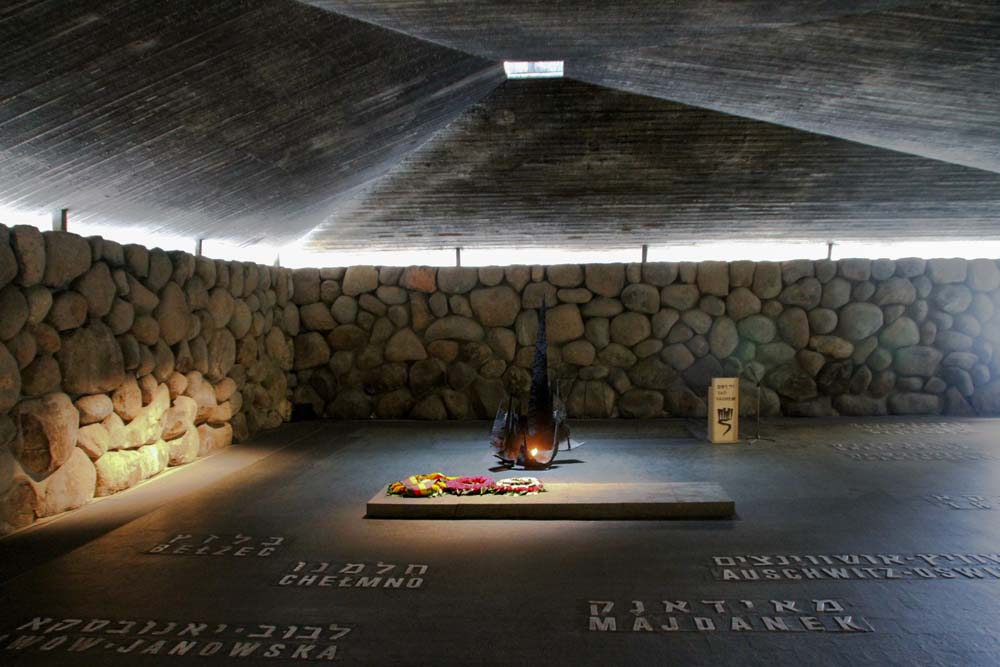For each victim, a stone is made. The applicant (who does not have to be a family member) is responsible for all necessary data. The foundation will coordinate and communicate with Alexander Stukenberg in Amsterdam (he is part of Gunter Demnig’s organization). In addition, the foundation consults with the municipality of Groningen about the final placement. The later maintenance of the stones by the municipality of Groningen is also a point of attention for the foundation.
Occasionally (for example when the applicant stays abroad) advisors of the foundation can be helpful with archival or genealogical research.
First application
First of all, we would like to receive some basic information; you can find out which data we want to know in the ‘first data’ form. We will then contact you.
In the meantime, we advise you, if applicable, to look for any surviving close relatives because it is highly desirable that they agree to the placement of the stone.
It is also important to verify the last address in Groningen, you can find data in the address cards that are available in the Groningen archives (unfortunately not digitally available) and on the camp cards of camp Westerbork and camp Vught (digitally available through a.o. Arolsen Archives and Oorlogsbronnen).
Of course, you can always contact us if there are problems, for example because you live abroad.
Download here the form first data in Word or PDF
Step-by-step plan for Stolpersteine
The entire process from application to placement takes about a year. The organization in Amsterdam and Germany has explicitly expressed the wish to work with a central coordinator in the big cities. The Stolpersteine Groningen Foundation has periodic consultations with the organization in Amsterdam about the progress, also if it concerns a single stone. Occasionally Gunter Demnig himself comes to lay one or more stones. Also in these cases the stones are made in Amsterdam.
- Start: You submit a request to the foundation by filling in the Form first data and returning it. The foundation will then contact you and discuss any further actions to be taken. After all, these are different per application and per victim. If the data is complete, the foundation forwards the collected requests once every six months to the organization in Amsterdam. She also consults with the municipality of Groningen about any work in the street (such as installing sewerage etc) that could interfere with the laying of the stone.
- In the meantime, you collect as much as possible the other data concerning the last address and consent of any surviving relatives. You have about three months to do so. Of course you can always contact us if there are problems, for example because you live abroad.
- When all data is complete and checked, the foundation will inform Alexander Stukenberg that the production can start.
- We also ask you to contact the current residents of the building in question to discuss where the stone / stones can best be placed. Nb the municipality of Groningen always gives permission (the sidewalks are municipal land), but it is nice if the current residents agree and designate a place where, for example, no bicycles are put. If desired, someone from the foundation can also do that for you. In that case, we will pass on the contact details to you.
- After this there is again a few months waiting time.
- As soon as the production of the stone /stones requested by you (and others for the municipality of Groningen) starts, the final text that will be placed on the stones will be reviewed with you again to be sure that it is correct. The actual production process takes several months.
- In general, there is a “Selbstverlegung” and the stones will be sent from Amsterdam to the foundation in Groningen. The planning of the ceremony is then (in consultation with the foundation) up to you. A paver will have placed the stone / stones a few weeks in advance, covering it with some sand. To this end, the foundation consults with the municipality for you. The ceremony itself is often limited to removing the sand, laying flowers, giving one or a few speeches, etc.
- When Gunter Demnig himself comes (usually he combines that with multiple layings in other cities) he plans the dates and times.
- If you want to use the Synagogue in the Synagogue in the Folkingestraat for a short get-together after the ceremony, you must contact us. Of course you should also contact the current residents of the building about the date of the ceremony (see above).

Costs
The production costs for a stone, including the shipping costs and VAT amount to €132,– (price level 2021). To cover additional costs for maintenance of the website and bank account, and incidental traveling costs of the advisors to explore archives, €150,– is requested per stone. The foundation and also the municipality of Groningen do not have own resources for these costs. The board members receive no remuneration.
If, based on your application, extra stones are going to be laid for family members or housemates of which no surviving relatives can be traced, the foundation will, in consultation with you, look for additional resources to pay for this.
The municipality of Groningen will “deliver” the paver who carries out the preparations for the installation of the Stolpersteine at no cost.
After placing the stones, the foundation receives a collective account from Amsterdam (and/or Germany) and will transfer these costs. After this, the foundation will declare the costs incurred to you.
